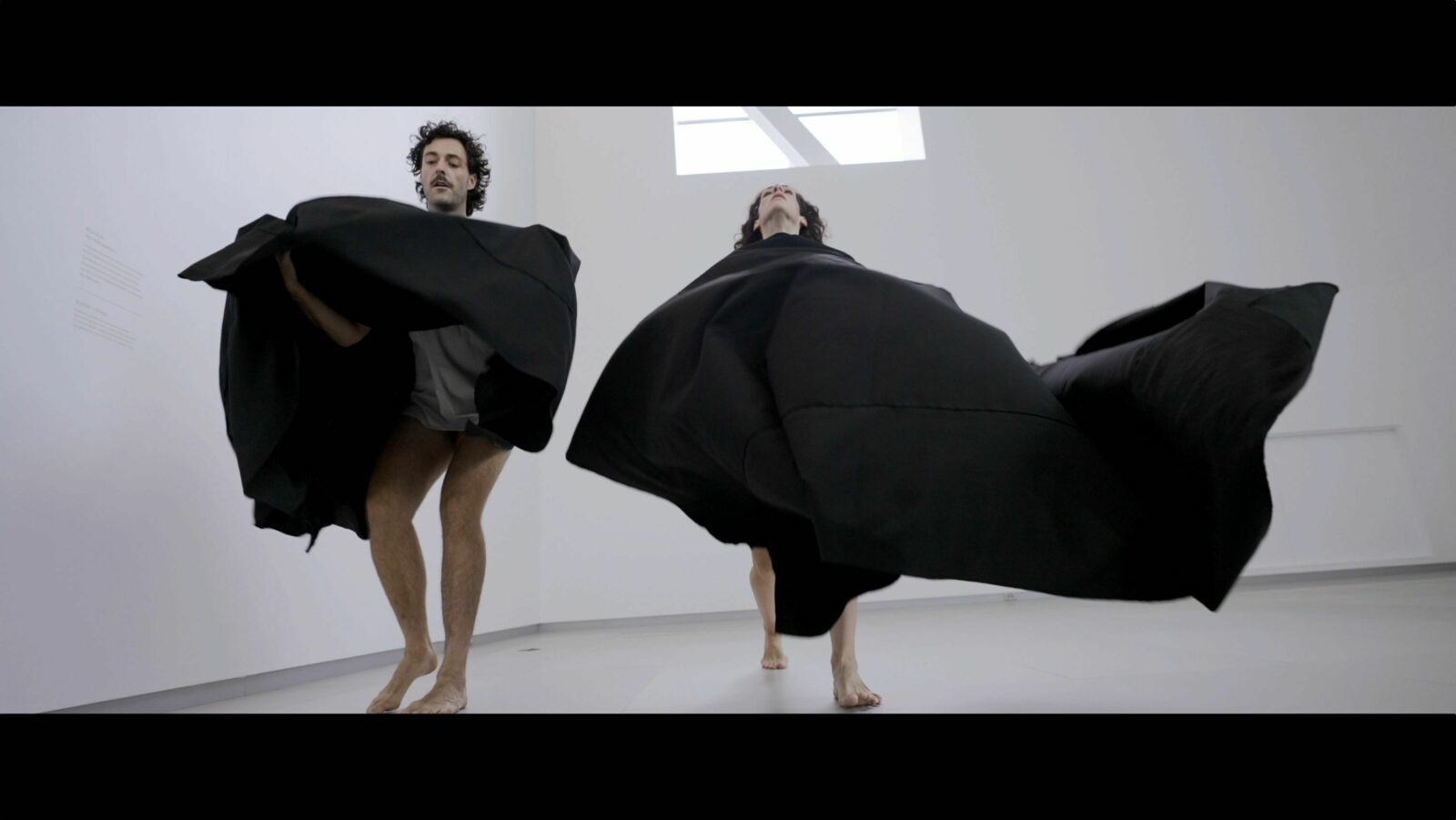This article is published through our Regional Reporter Program. We acknowledge the support of the Canada Council for the Arts through the Digital Now initiative.
This year, the Festival of Films on Art celebrates its 40th anniversary, and with it, a boom in dancefilms.
Tonight’s La Nuit de la danse is a marathon event featuring seven hours of screendance at Montreal’s Outremont Theatre. In past festivals, approximately 10 dancefilms, from all over the world, have been presented. This year, there are 33 in total, 60 per cent of which were made in Quebec.
After receiving an unprecedented number of high-quality dancefilm submissions this year, Philippe U. del Drago, the festival’s executive and artistic director, and Jacinthe Brisebois, programming director, realized that the pandemic confinement had provoked artistic innovations between film and dance that they were eager to share with the public.
“I believe that dance is the artistic discipline that is currently evolving the most, exploding in a way,” said Brisebois. “I love to see dance and that it is transforming in this way. It multiplies. It’s fascinating.”
The festival runs March 15-27 in a hybrid format, with online screenings as well as projections in theatres in Montreal and Quebec City. Following La Nuit de la danse tonight, the films will be available online. Longer dancefilms will also be screened in theatres and online throughout the festival.
Though the festival seeks to cover nearly all artistic practices, it recognized that the performing arts has not had its usual place in the public sphere over the past two years because of the pandemic. Brisebois believes this caused several artists and companies to pivot their approaches and apply for financing to make new films.
Montreal choreographer Louise Bédard and director Xavier Curnillon decided to apply for funding last year to create Démesure, a short film in conversation with the space and architecture of the National Museum of Fine Arts of Quebec.
Though the film drew from Promesses, a previous stage work by Bédard, the collaboration between choreographer and director, and the spaces in which they filmed, transformed it into a new work. In this creative exchange, the two artists stepped in and out of the other’s roles, learning from each discipline’s perspective.
“It’s a permeable process,” said Curnillon. “Louise leaves me space to direct the dancers.…It’s only with her that I do that.… Inversely, she enters into the world of the image.”
Curnillon’s participation in La Nuit de la danse comes with a sense of pride and also reinforces his sense that there is a thriving artistic niche of screendance in Montreal and Quebec.
“I’m so excited to see the other films,” he said. “And to look at, OK, what kinds of camera movements are they using? How do we reveal dance? … We’re searching for new things in new generations and everything, new directors. I can’t wait to see it all.”
Other dancefilms include La somme de nos rêves, a collaboration between Jérémie Battaglia and choreographer Johanne Madore featuring graduating artists from Montreal’s National Circus School, and Body-Buildings by Portuguese director Henrique Pina. Body-Buildings paired six choreographers with six iconic buildings in Barcelona, exploring the moving body in relation to architecture and film.
Brisebois believes some of these new ways of collaborating across dance and film speak to a larger artistic shift.
“This is a model that will likely continue … because film didn’t necessarily work like this before. [The two disciplines] must learn to understand one another.”
Tagged:





